With busy extracurricular-filled lives, many McCallum athletes don’t realize the toll injuries can have on their bodies, especially ones that have long lasting effects. According to the American Academy of Orthopedic Surgeons, over one million highschool students suffer sports injuries each year.
Dr. Julie Mankinen, Orthopedic Manual Physical Therapist and owner of Symmetry Physical Therapy, sees patients ranging ages 7-97, and notes that less than 20% of her patients are teenagers. Some of the most common injuries she sees in her clinic are quad muscle and calf muscle problems in adolescents.
“Knee ligament sprains such as MCL and ACL are extremely common in young athletes, particularly girls,” Mankinen said. “Ankle sprains and strains are also very common in kids and teens.”
While different age groups are prone to different types of injuries, kids are more prone to falls, car wrecks and sports injuries than some adults.
“That said, more & more adults are having sports injuries because people are playing sports way later into their lives than several generations ago,” Dr. Mankinen says. “Teenage kids are way more at risk of knee ACL injury than adults, and some of it has to do with not being fully ‘mature’ with regard to bone & soft-tissue condition.”
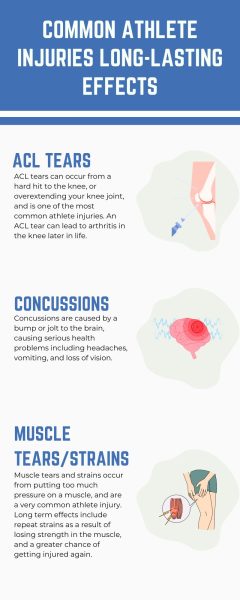
When students suffer injuries like ACL tears, it changes their life. Junior Mitchell Butler, a varsity football player, got injured during the second quarter of a game, tearing his ACL, meniscus and rupturing the cartilage in his knee.
“The total recovery time is around nine months,” he said. “It really depends on how my physical therapy goes throughout my recovery.”
Not only do injuries have a sufficient impact on an athlete’s body, it also changes their perspective.
“I’d said through the injury I’ve experienced a lot of self-perseverance trying to stay positive,” Butler said.
As a physical therapist, Mankinen recommends prioritizing overall fitness, agility, flexibility, balance and coordination.
“People should be taught about healthy nutrition and body maintenance habits,” she said. “Everyone should be encouraged to speak up if they are having pain & to address minor pain issues before they become big injuries.”
Similar to Butler, Junior and daughter of Mankinen, Ashley Mankinen tore her ACL during a soccer game in 2022, and said that she landed on her knee fully bent and twisted. Her recovery journey took a little longer than Butler’s did, at 14 months from her first surgery to when she got cleared. Stopping her sport for a year was frustrating for her, as she had a lot of complications along the way.
“I had to get a second surgery and had quite a few setbacks before I could finally get cleared,” she said. “I did lots of physical therapy, and since my mom is a physical therapist I was able to do PT almost every day for most of my recovery time. It was definitely very mentally challenging because I went from playing soccer almost every day to not being able to play for over a year so that was really difficult.”
Ashley, like every other athlete during a serious injury like an ACL tear, was putting in a lot of time and effort to ensure she recovered.
“It was also very frustrating to be putting in so much work and still have complications that I couldn’t control and increased my recovery time,” she said.
Injuries affect the players physically, mentally but also the return to a sport is a challenge.
“After not doing anything for so long my fitness was much worse and my touch always felt off at the beginning,” Ashley said. “
Similar to Ashley, Butler said he was focusing on what he could control, and not on the injury which was out of his hands.
“I try to not let myself get down as the injury is something I can’t control,” he said.
When sports players have massive injuries, taking time off from a sport can change their interest, and skill in the sport, as not practicing for a long time can be detrimental.
“You have to re-familiarize yourself with everything,” Ashley said. “It’s also hard because at first I would feel kind of timid because I don’t want to get hurt again but at the same time you just can’t really be timid you have to just go for it and trust that you’re prepared.”



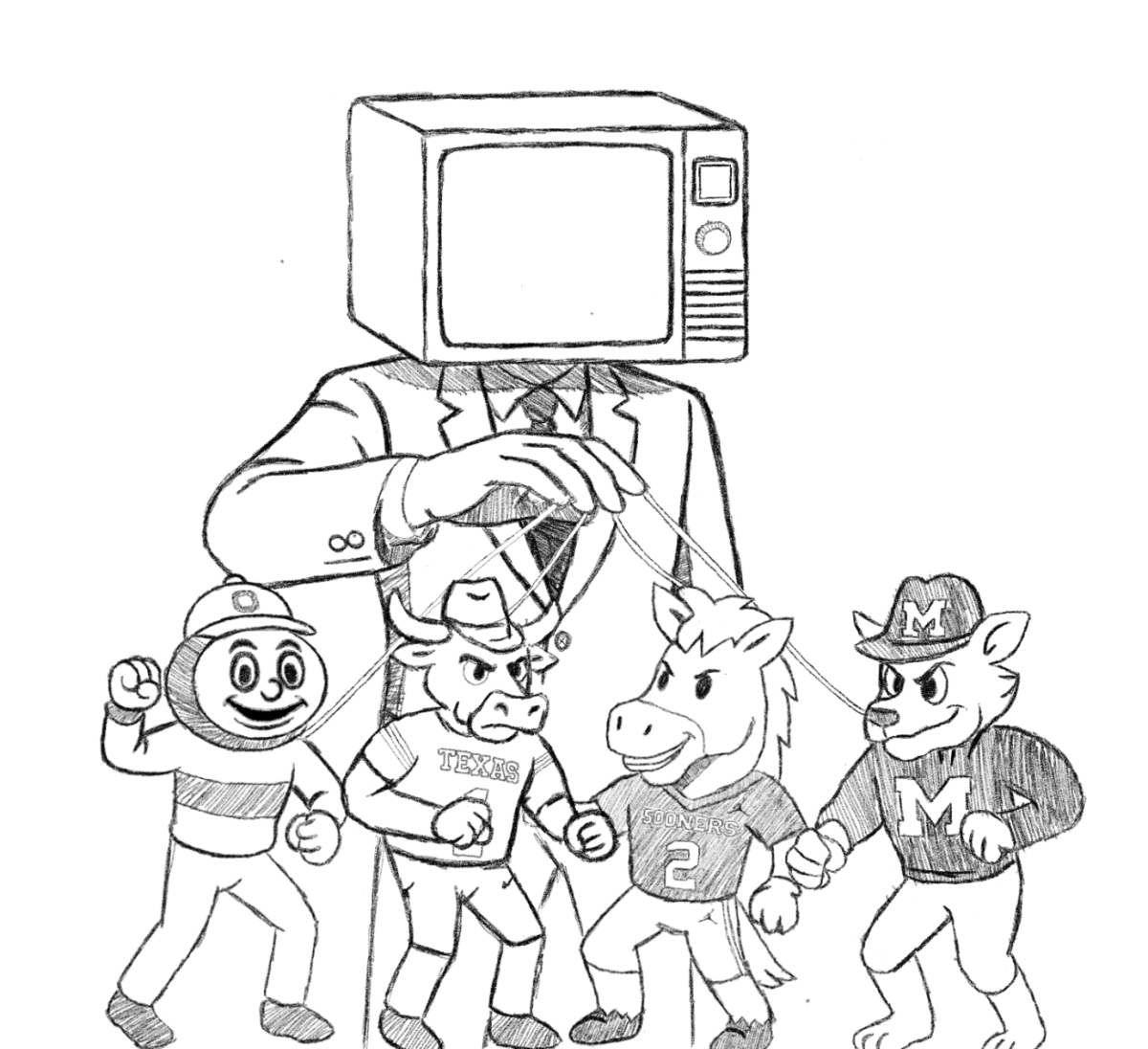
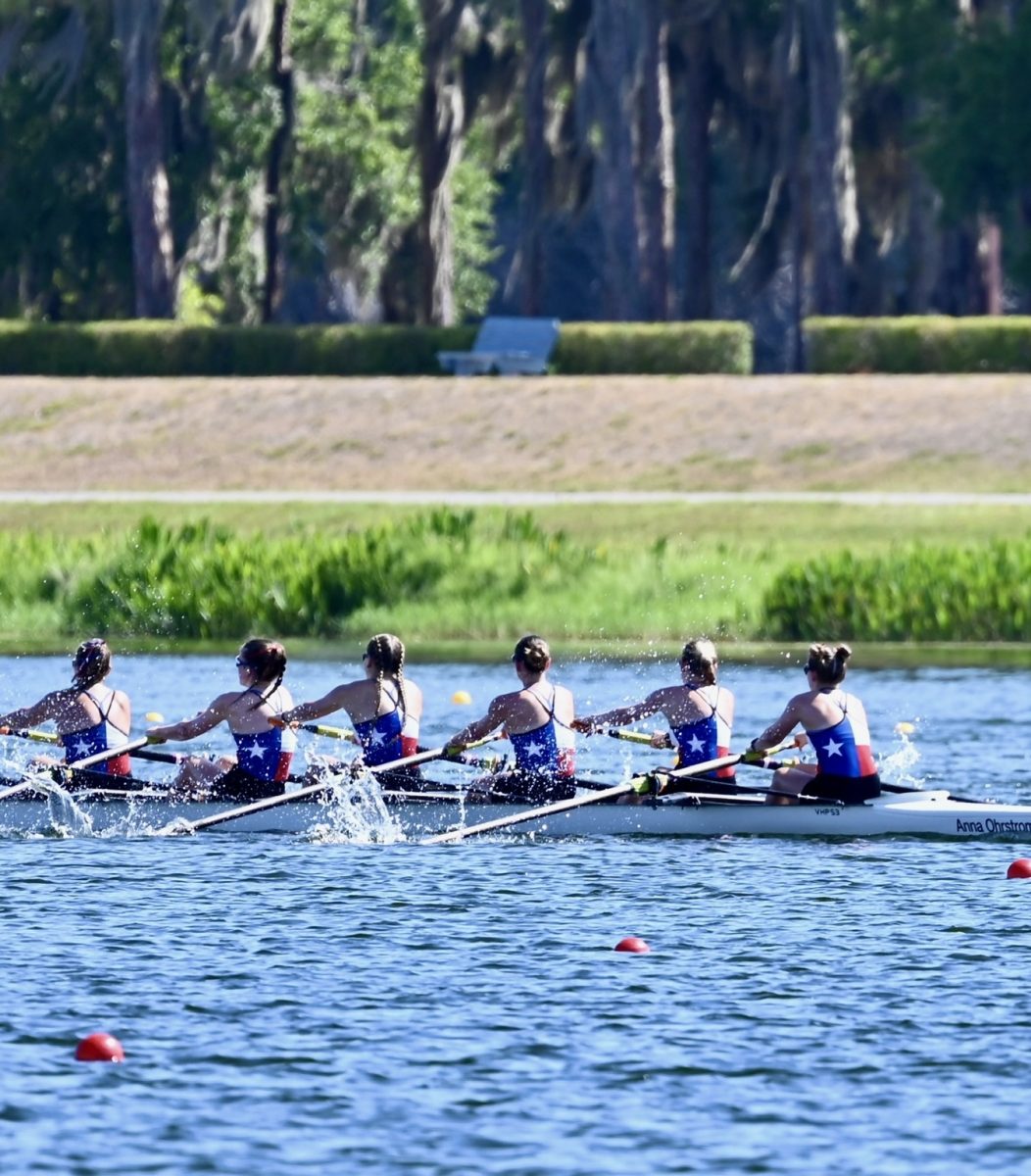

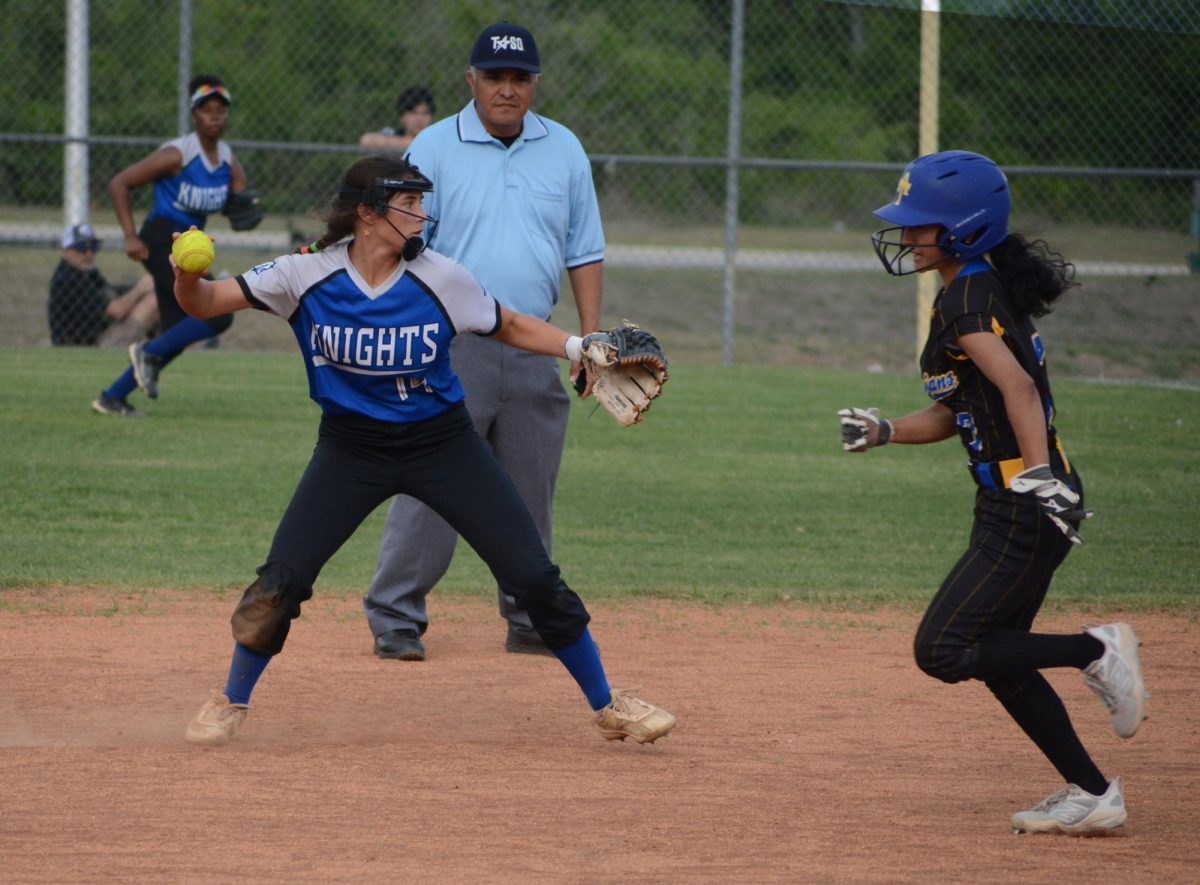
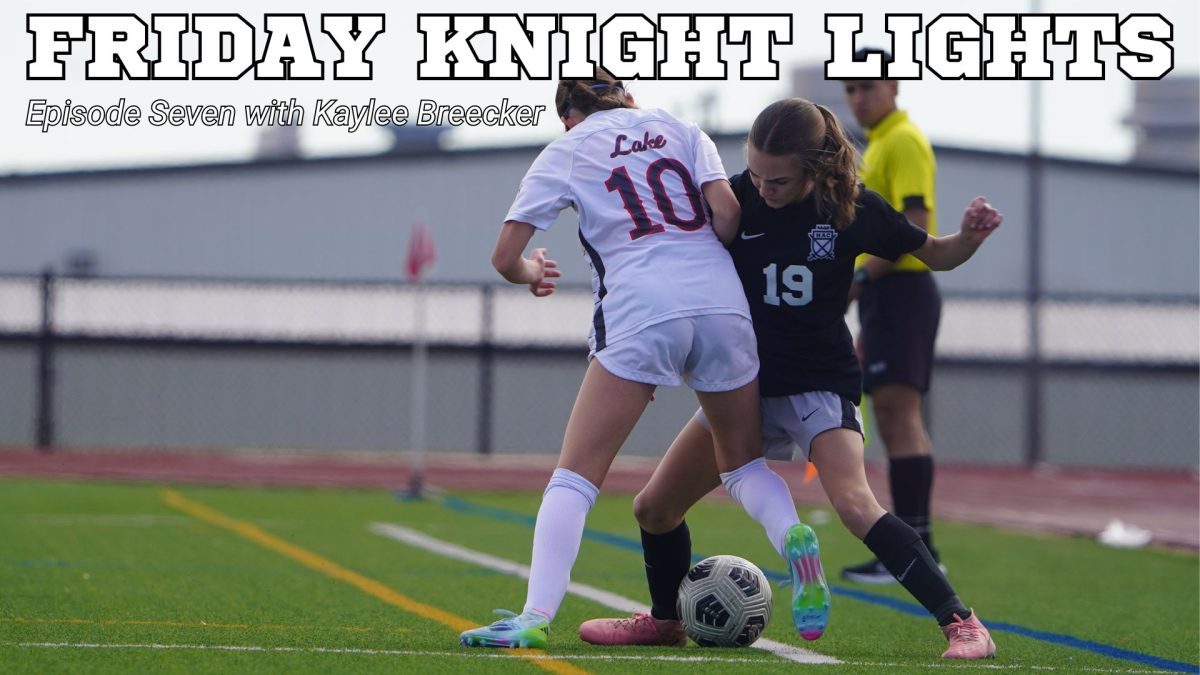
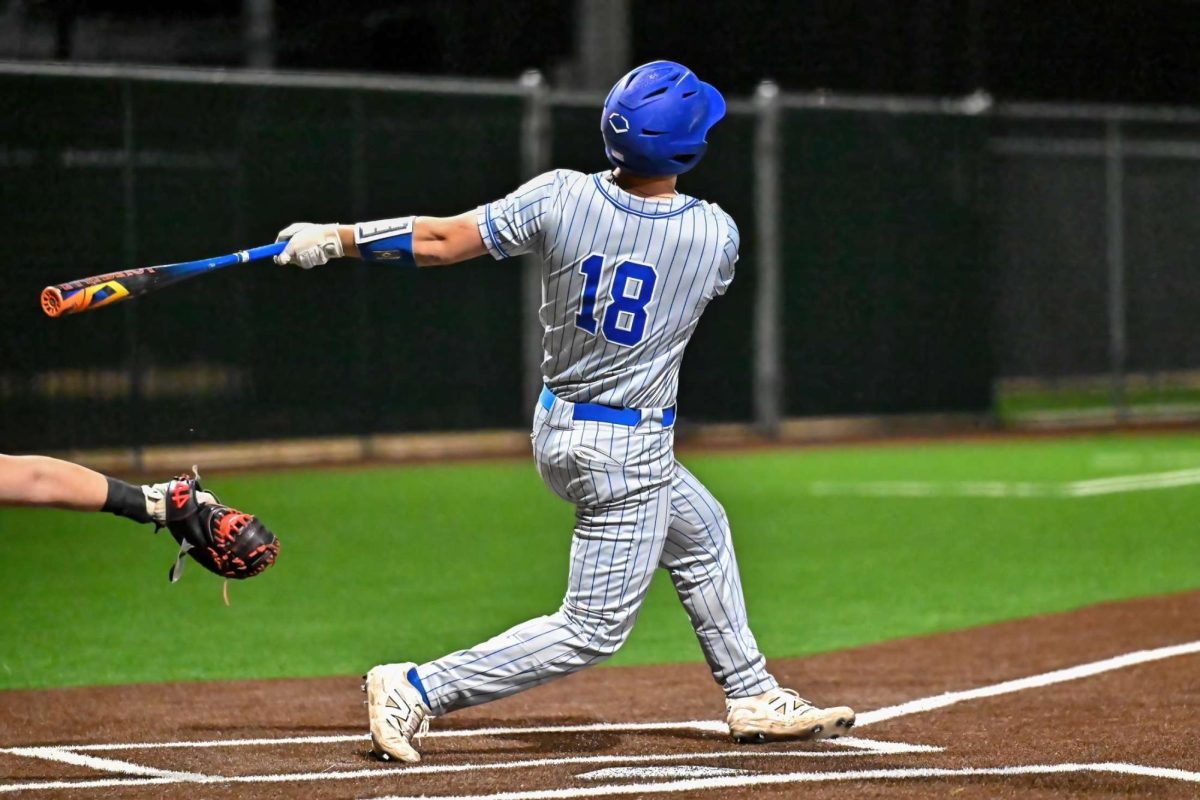
David Herring • Feb 23, 2024 at 8:29 am
I really like how this story tells a different side of Athletics
Fernando Kramer • Feb 15, 2024 at 2:04 pm
I like this story because it shows the perspective of a doctor about high school sports specifically in football. I wish there was a diagram showing where injuries happen the most.
Max • Feb 1, 2024 at 10:54 pm
I liked this story because I am an athlete and I found it very informative and helpful.